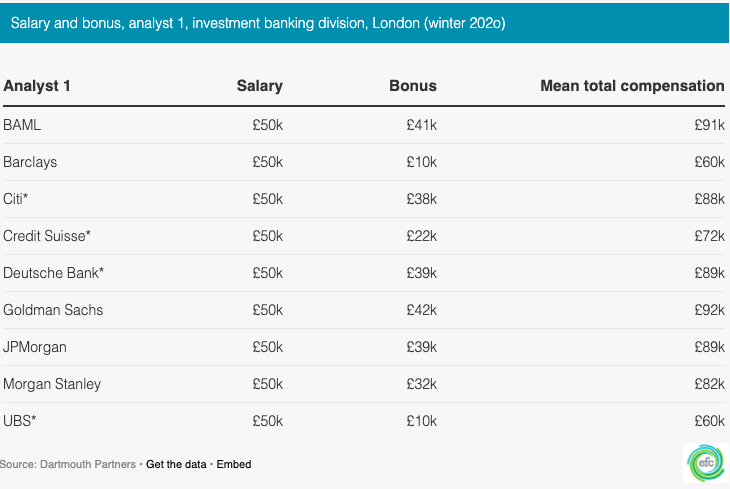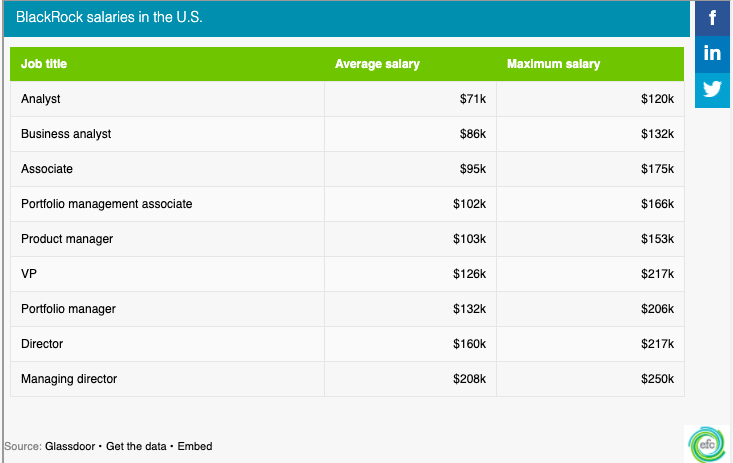Classic brain teasers from real-life interviews
In this article, Alexandre VERLET (ESSEC Business School, Master in Management, 2017-2021) provides 10 brain teasers from real-life investment bank interviews, and explains simple ways to solve it.
In most finance interviews, applicants must face the feared trial of brain teasers, defined as unusual questions which have basically nothing to do with finance. Investment banks and funds use them to assess the problem-solving skills, the creativity, the logical reasoning, and the ability to ask the right questions of their candidates. In this article, we will take a look at the most common types of brain teasers based on real examples from the major investment banks and see the simplest way to solve them. Keep in mind that your own method is probably the best since it’s yours, but if you get stuck on a brainteaser in the course of an interview, it can always be useful to remember the general methods on how to solve them. Here we go.
Examples of brain teasers
The bee: a classic distance/time question meant to confuse you
Let there be a point A 100 km from a point B. A car travelling at 50km/h starts from point A, at the same time a bee flying at 130km/h starts from point B. Each time the bee meets the car it returns to B and then once at point B it returns to the car, coming back and forth until the car meets point B. How many kilometres did the bee travel?
Answer: The car travels for 2 hours (since it travels 100km at 50km/h), and the bee flies for exactly the same time as the car travels, so the bee travels 260km (since it flies at 130km/h).
That’s it!
The cube: picturing volumes in your head
A cube of 10 m3 volume is divided into 1,000 small cubes of one cubic metre volume. This cube is dipped in paint. How many cubes are coloured?
Answer: The uncoloured cubes are the ones inside. If you think of the cube as divided into “3D” columns and rows that go through the cube, you will see that the first and last of each row will be coloured, and the 8 remaining will be inside. There are 8*8*8 uncoloured cubes inside i.e. 512, so the number of coloured cubes is 1000-512=488
The gold bar
The gold bar, a question for practical minds (or people who read this article).
I have a gold bar that weighs 7 kg, and I would like to give 1 kg of gold to a person every day for a week. I am only allowed to cut the bar twice. How can I do this?
Answer: Once you have figured that you can actually take back parts of the gold (you will quickly figure there’s no way to do it otherwise), the is to process step by step.
I cut the bar into 3 pieces: a 1kg piece, a 2kg piece and a 4kg piece.
Day 1: I give the 1kg piece.
Day 2: I give the 2kg piece and take back the 1kg piece.
Day 3: I give the 1kg piece.
Day 4: I give the 4kg piece and take back the other 2 pieces.
Day 5: I give the 1kg piece.
Day 6: I give the 2kg piece and take back the 1kg piece.
Day 7: I give the 1kg piece.
The arena
The arena: geometry and common sense.
I am in the centre of a circle of radius a, a lion is running twice as fast as I am, but it cannot enter the circle. The lion is running towards the point closest to me at all times.
How can I get out of the circle without being eaten?
Answer: Double the radius is shorter than the semicircle (2a vs a*pi). So the lion will not have time to catch up with me if I go to a point on the circle and then run directly in the opposite direction.
The clock
The clock: geometry (though owning a watch can help)
It is 3:15 pm, what is the degree between the minute hand and the hour hand?
Answer: Perhaps the most common of all brain teasers (I got it in an interview), so they expect you to be quick and right. Do not say 0, clocks are not so common these days but you should know that the hour hand moves forward while the hour hand turns. The hand has therefore advanced by a quarter of an hour, i.e. : 1/4*(1/12*380)= approximately 7.9
The glasses
The glasses: common but not so easy
We have a 5 L glass A, a 7 L glass B, and a water tap, how do we make 6 L?
Answer: We fill B, empty it into A to its maximum, B then contains 2L. We then empty A. Then, put the contents of B into A. We fill B and then empty it into A to its maximum. This leaves 4L remains in B. Empty A, then put the contents of B into A, then fill B and empty A to its maximum: there is then 6L left in B.
The racetrack
The racetrack: an even trickier distance/time question
A racetrack is 100 km long, a car does a first lap at 50 km/h, at what speed must the car go
in order to travel an average of 100 km/h?
Answer: Be careful, the answer is not 150 km/h. Indeed, if the car made the first lap at 50 km/h then it has driven 2 hours at the end of the first lap. However, if the car is driving at an average of 100 km/h, it must have done the 2 laps in 2 hours. This is impossible because it has already driven for 2 hours. This problem has no solution.
Slot machines
Slot machines: one of the real tough ones
There are 10 slot machines in front of me. In 9 of them the coins weigh 10g, in one of them the coins weigh 20g. You can take as many coins as you like out of each machine. How do you find the machine with the heaviest coins in one weighing?
Answer: Put 1 coin from machine 1, 2 coins from machine 2, 3 coins from machine 3 on the scale… If F is the final weight, then the difference between F is (1+2+3+…+10) allows you to find the machine with the heaviest parts. Indeed (F-(1+2+…+10))/20 gives us the number of this machine, so the number of the machine is (F-55)/20. That solution is super smart so congrats if you found it by yourself.
The crash
The crash: finally, the real distance/time question!
Let point A be X km away from point B. A drives at Y km/h, B drives at Z km/h. When will
A and B meet?
Answer: Simply solve for Yt=X-Zt with t as the unknown, then find t the time when they meet (in hour).
The bridge
The bridge: a typical back and forth question.
Four bankers have to cross a narrow bridge at night. They have only a torch and maximum 17 minutes to cross the bridge. The bridge cannot be crossed without a torch and can only support the weight of a maximum of two bankers. The analyst can cross the bridge in 1 minute, the associate in 2 minutes, the VP in 5 minutes and the MD in 10 minutes. How can they cross the bridge in time?
Answer: The analyst first crosses the pond with the associate, this takes 2 minutes. Then the analyst crosses the bridge in the opposite direction with the torch, this takes 1 minute. Then the analyst gives the torch to the VP who crosses with the MD, this takes 10 minutes. The VP then gives the torch to the associate who crosses the pond in the opposite direction in 2 minutes. Finally, the associate and the analyst cross the bridge in 2 minutes.
They have all crossed the bridge in 17 minutes.
Advice
Keep practicing, there are tons of it on the internet! Knowing the 50 most common brain teasers should allow you to nail any question in seconds, but keep in mind that you will probably face a question you have never done before, so the method is more important that knowing brain teasers by heart! Remember that sometimes you may think you recognise a brain teaser you know when you actually don’t. Take the distance/time questions for instance: I have presented you with 3 questions that looked similar but with totally different answers and methodologies, so watch out for that!
Related posts on the SimTrade blog
▶ All posts about Professional experiences
▶ Marie POFF Film analysis: The Wolf of Wall Street
▶ Alexandre VERLET Who will become London’s heir as Europe’s main financial center in the wake of Brexit?
▶ Alexandre VERLET Working in finance: trading
About the author
This article was written in May 2021 by Alexandre VERLET (ESSEC Business School, Master in Management, 2019-2022).








